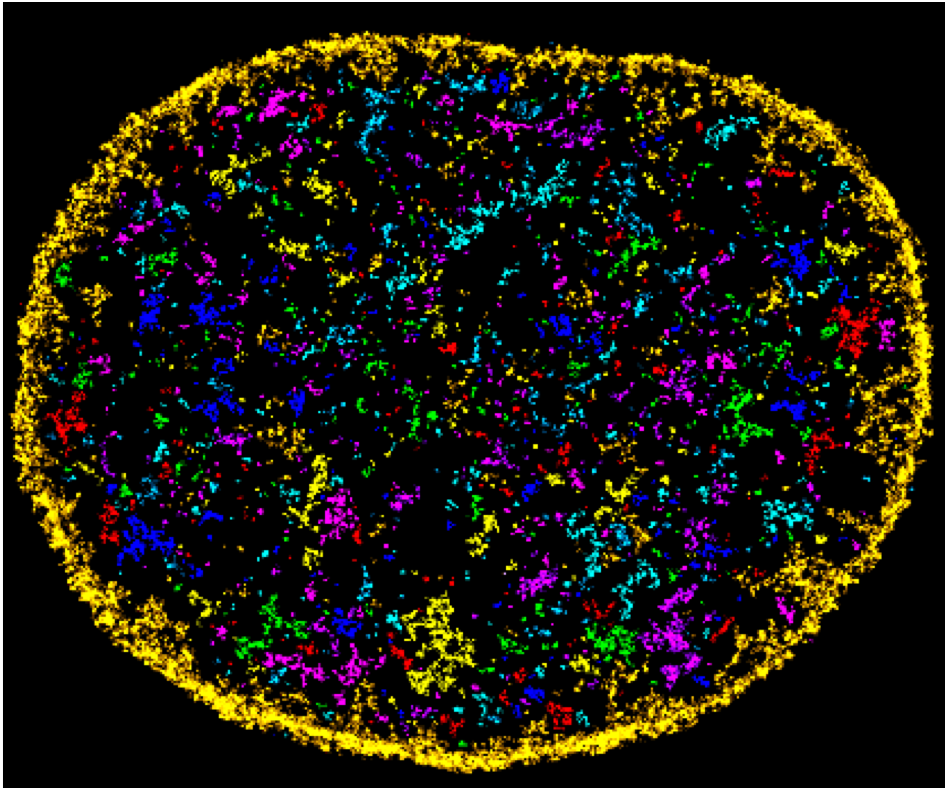
The National Science Foundation’s Science and Technology Center (STC) program is its flagship funding mechanism for organizing interdisciplinary research on cutting-edge topics. Penn’s Center for Engineering MechanoBiology (CEMB) is one of the 18 active STCs, bringing together dozens of researchers from Penn Engineering and the Perelman School of Medicine, as well as others spread across campus and at partner institutions around the world.
With its NSF funding now renewed for another five years, the Center is entering into a new phase of its mission, centered on the nascent concept of “mechanointelligence.”
Mechanobiology is the study of the physical forces that govern the behavior of cells and their communication with their neighbors. Mechanointelligence adds another layer of complexity, attempting to understand the forces that allow cells to sense, remember and adapt to their environments.
Ultimately, harnessing these forces would allow researchers to help multicellular organisms — plants, animals and humans — better adapt to their environments as well.

“Mechanointelligence is a key element of a cell’s ability to survive and reproduce,” says CEMB Director and Eduardo D. Glandt President’s Distinguished Professor Vivek Shenoy. “Just like with complex organisms, a cell’s ‘fitness’ depends on its environment, and adapting means rewiring how its genes are expressed.”
While every cell has a full copy of its organism’s genome tucked away in its nucleus, the practical questions of biology often boil down to where, when and how those genes are converted into proteins. The first phase of Penn’s CEMB research studied how forces alter this expression in the short term; its second phase will further incorporate the growing science of epigenetics to illuminate their longer-term impacts.
“Squeezing or stretching a cell transfers forces into the nucleus,” Shenoy says, “and cells can alter their chromatin in ways that persist long after those mechanical forces dissipate.”
The dynamics governing mechanointelligence also vary greatly along time- and length-scales; subcellular forces may be measured in seconds and microns, while their downstream effects in an organism might occur over years and meters. This means that no single research lab has the expertise to capture every facet of this problem.
Shenoy is no stranger to interdisciplinary approaches; he has appointments in Penn Engineering’s Departments of Materials Science and Engineering, Bioengineering and Mechanical Engineering and Applied Mechanics, and leads researchers from the School’s other departments, as well as a major contingent from Penn’s Perelman School of Medicine.
“As more cell-based therapies come online, research into mechanointelligence will become even more critical,” Shenoy says. “The T cells used in immunotherapy, for example, are expanded in vitro and then reimplanted into a patient. How do we increase fitness in the environments where we grow these cells such that they will still work when you put them back? That’s the ‘memory’ we need to engineer to make these therapies more effective.”
Beyond new avenues of research, the CEMB’s second phase will redouble its outreach and training initiatives, including partnerships with Penn’s Graduate School of Education and Philadelphia’s Franklin Institute, a teacher professional development program and curriculum units for high school students that can be broadly applied, and support for innovative new mechanobiology textbooks. The CEMB has a broad network of educational partners that participate in and benefit from CEMB-led classes and other educational initiatives.
The CEMB will also implement new Diversity, Equity and Inclusion policies, including stipends for a Master’s-to-Doctorate bridge program that will bring students from minority-serving institutions, such as North Carolina Agricultural and Technical State University, to Penn to conduct collaborative research and build stronger partnerships and support systems between institutions.
Since 2016, the CEMB has been working with partner institutions from Alabama State University, Boston College, the New Jersey Institute of Technology, and Washington University in Saint Louis. In the second phase, partners from Penn State, UCLA, and University of California, Merced have joined the Center.
